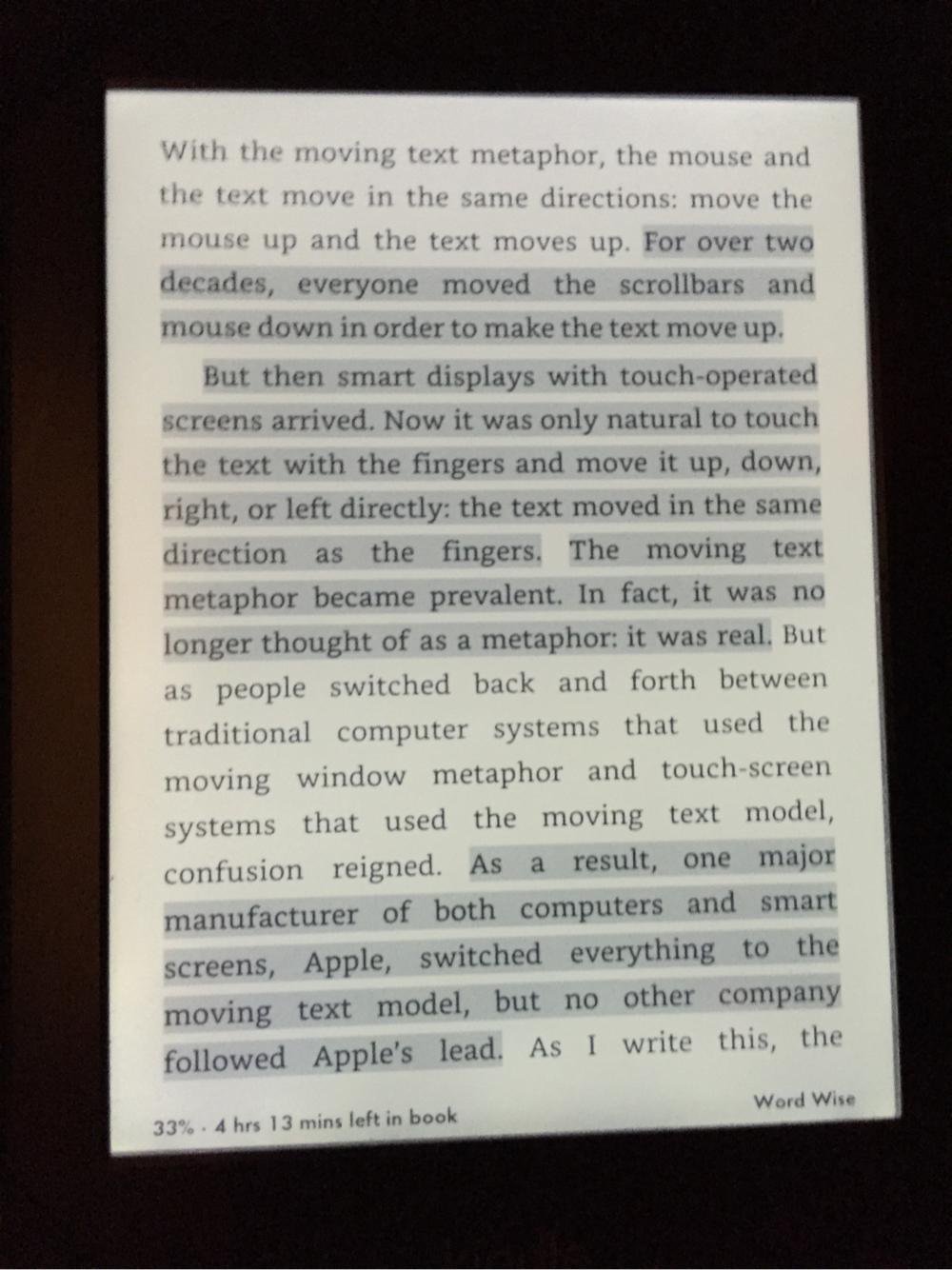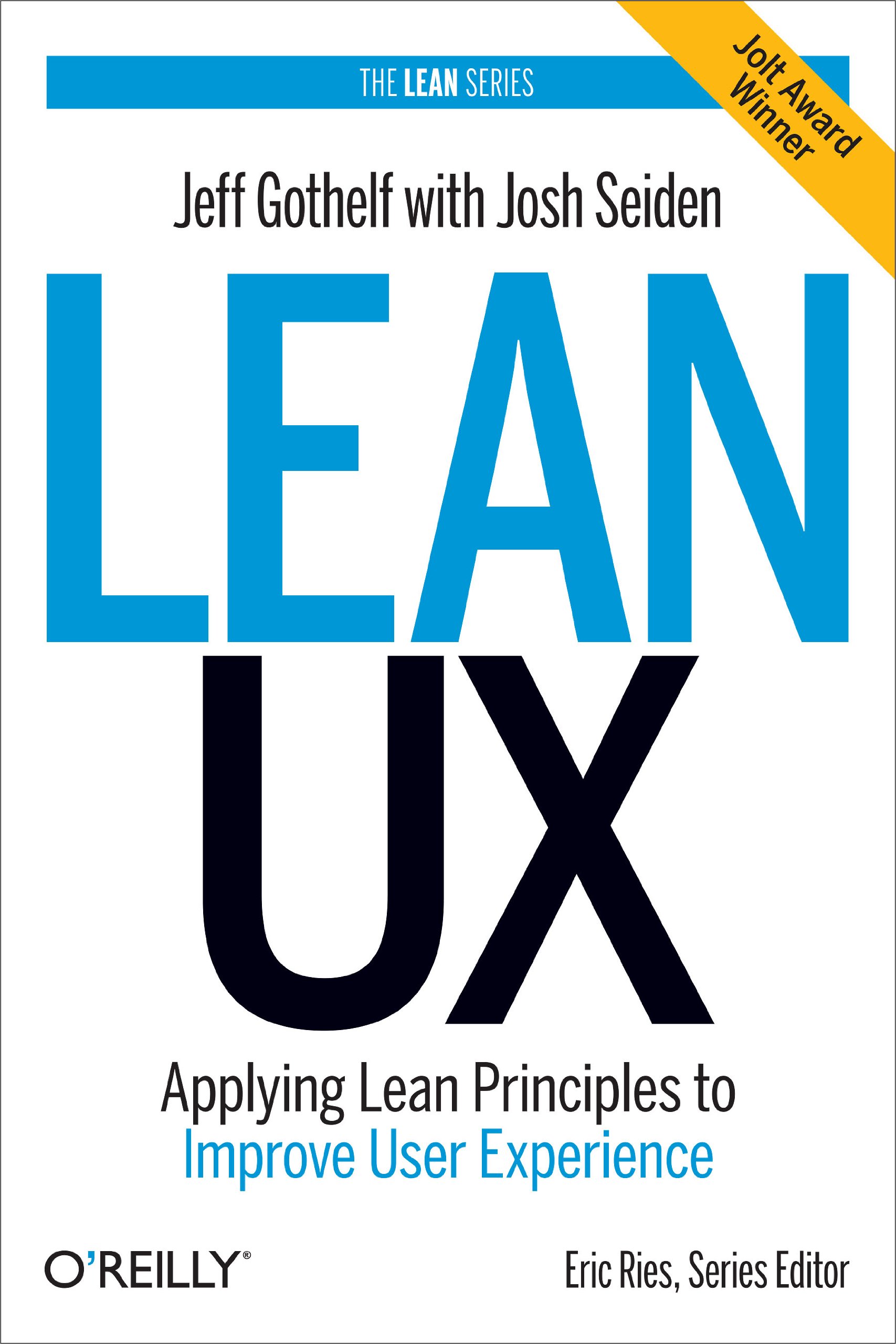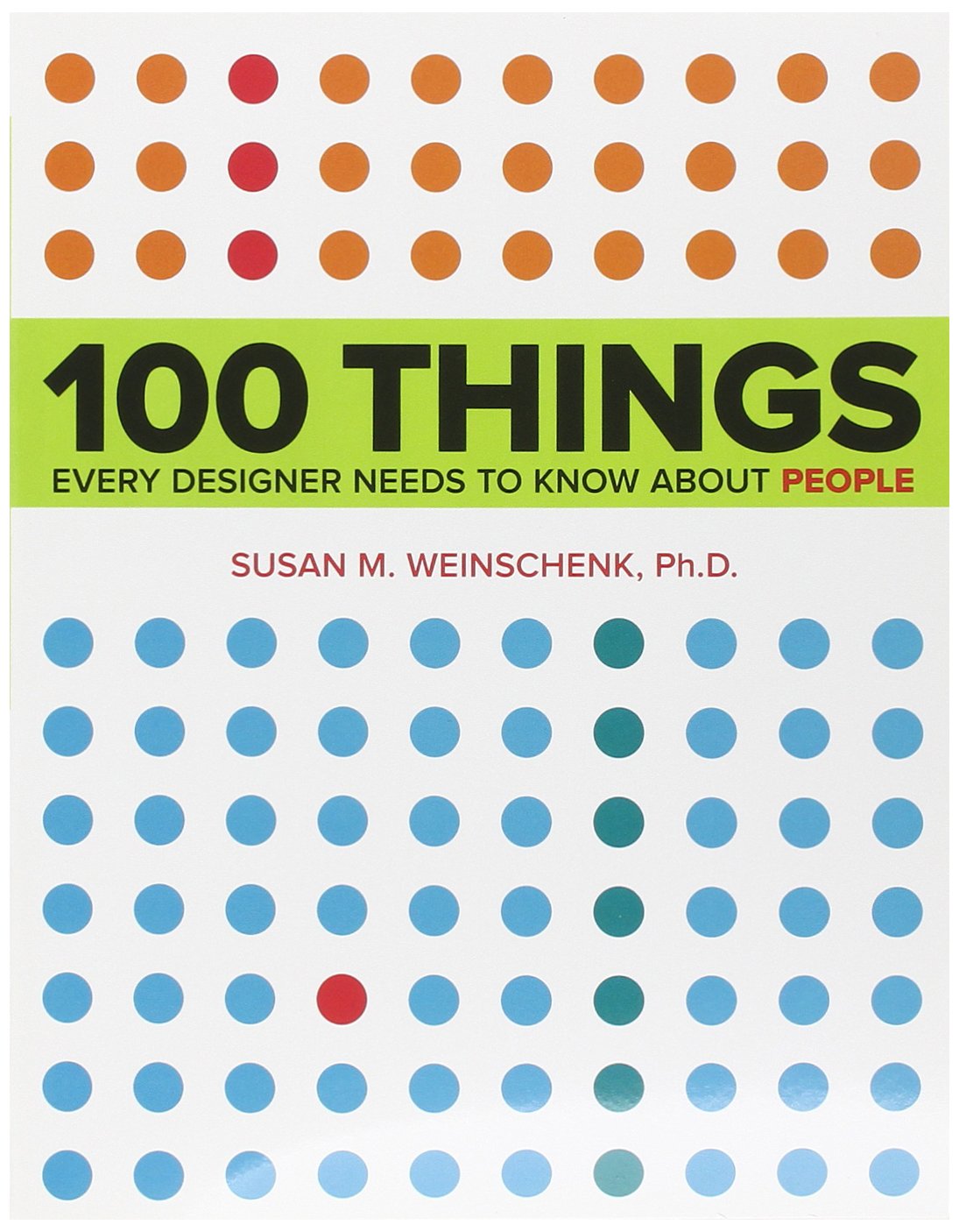2015 in Books: UX
2015 was a year of tons of UX focused work for me. These are some of the books that helped me step up my game :)
My Favorite UX Book of the Year! The Design of Everyday Things
The Design of Everyday Things: Revised edition was definitely my favorite UX book of the year. It contains a huge wealth of knowledge of cognitive science and psychology that helps you understand how humans perceive and understand the world around them.
It takes you through a lot of important core concepts in UX such as a affordances, signifiers, mappings, constraints, feedback, feedforward, consistency, etc.
The book doesn’t stop there though, it provides very detailed examples of how each of these concepts relate to everyday things that we are accostumed to interact with. Things such as doors, faucets, lifts, etc which help clear each concept and puts you into the habit of becoming an active observer of the world around you.
It also provides very interesting stories about why things are design they way they are, like scrolling:

The book devotes the last couple of chapters to the process of design and designing in the real world when it is submitted to other factors such as costs, time constraints and other realities of business. Very interesting as well.
Even the smartest among us can feel inept as we fail to figure out which light switch or oven burner to turn on, or whether to push, pull, or slide a door. The fault, argues this ingenious even liberating book, lies not in ourselves, but in product design that ignores the needs of users and the principles of cognitive psychology. The problems range from ambiguous and hidden controls to arbitrary relationships between controls and functions, coupled with a lack of feedback or other assistance and unreasonable demands on memorization.
The Design of Everyday Things shows that good, usable design is possible. The rules are simple: make things visible, exploit natural relationships that couple function and control, and make intelligent use of constraints. The goal: guide the user effortlessly to the right action on the right control at the right time.
In this entertaining and insightful analysis, cognitive scientist Don Norman hails excellence of design as the most important key to regaining the competitive edge in influencing consumer behavior. Now fully expanded and updated, with a new introduction by the author, The Design of Everyday Things is a powerful primer on how and why some products satisfy customers while others only frustrate them.
And Another Favorite: Lean UX
I really enjoyed reading Lean UX as well. Where The Design of Everyday Things is a lot about principles of design and a little bit about process, Lean UX is the opposite.
Taking inspiration from The Lean Startup, Lean UX proposes a brand of UX based on continuous iteration and learning: you make an assumption, you create an experiment to validate it, learn from it, implement what you’ve learned and start again.
Another very important concept promoted in Lean UX is the idea of practicing UX design in direct collaboration with all the members of a team, moving away from the work of UX designers in isolation and from expensive deliverables.
All these factors make Lean UX a great UX process to be applied together with agile software development techniques such as Scrum or Kanban. Great book, super interesting, full of techniques and advice to implement modern UX processes.

The Lean UX approach to interaction design is tailor-made for today’s web-driven reality. In this insightful book, leading advocate Jeff Gothelf teaches you valuable Lean UX principles, tactics, and techniques from the ground up—how to rapidly experiment with design ideas, validate them with real users, and continually adjust your design based on what you learn.
Inspired by Lean and Agile development theories, Lean UX lets you focus on the actual experience being designed, rather than deliverables. This book shows you how to collaborate closely with other members of the product team, and gather feedback early and often. You’ll learn how to drive the design in short, iterative cycles to assess what works best for the business and the user. Lean UX shows you how to make this change—for the better.
100 Things Every Designer Should Know About People
If you know how people work, what makes them tick, how a person sees, thinks, feels and decides then you are in a better position to design an effective something for them. That’s the premise of 100 Things Every Designer Should Know About People where Susan Weinschenk explains how people work based on numerous research experiments, with many anecdotes and examples, and rounding it up with great design advice.

If you are interested about this book, check the complete 100 Things Every Designer Should Know article I wrote earlier in the year.
User-Centered Design: A Developer’s Guide to Building User Friendly Applications
User-Centered Design provides a great introduction to UCD and UX for developers. Very short book (154 pages) and very to the point, it will give you the information and tools you need to get started in the world of User Experience and definitely help you improve the UX of the applications you build today. Additionally it will give you a lot of pointers of how to continue learning this discipline in terms of articles, books and people that you can follow. Recommended!
How do you design engaging applications that people love to use? This book demonstrates several ways to include valuable input from potential clients and customers throughout the process. With practical guidelines and insights from his own experience, author Travis Lowdermilk shows you how usability and user-centered design will dramatically change the way people interact with your application.
Learn valuable strategies for conducting each stage of the design process—from interviewing likely users and discovering your application’s purpose to creating a rich user experience with sound design principles. User-Centered Design is invaluable no matter what platform you use or audience you target.
I Also Re-Read Pieces of Seductive Interaction Design!
I read Seductivate Interaction Design: Creating Playful, Fun and Effective User Experiences in 2014 but it is so good that I continue coming back to it over and over. If you are interested in creating not only usable but pleasurable and enticing user experiences check this article I wrote about the book.
Still Reading About Information Architecture
Where UX helps our users achieving their goals in the best way possible, Information Architecture helps them finding the information they need with the least amount of hassle and frustation. Since I knew nothing about this area, I decided to start reading a little about it with Information Architecture for the Web and Beyond which seems to be the bible of IA. I haven’t got very far yet but it does look promising.
And that was about it for the UX books I read last year. And you! Would you like to be better at UX from today? Then be more observant of the world around you. Think about what makes you frustrated when interacting with any man-made device. Think about what makes you happy or enjoy using stuff. That’s the secret :)

Written by Jaime González García , dad, husband, software engineer, ux designer, amateur pixel artist, tinkerer and master of the arcane arts. You can also find him on Twitter jabbering about random stuff.
